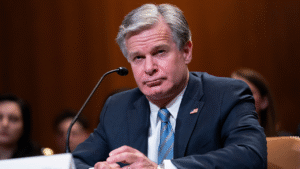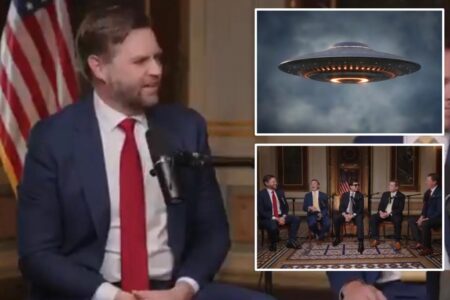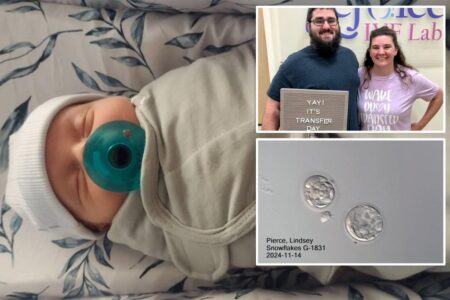A Miami jury decided that Elon Musk’s car company Tesla was partly responsible for a deadly crash in Florida involving its Autopilot driver assist technology and must pay the victims more than $200 million in punitive damages.
The federal jury held that Tesla bore significant responsibility because its technology failed and that not all the blame can be put on a reckless driver, even one who admitted he was distracted by his cell phone before hitting a young couple out gazing at the stars.
The decision comes as Musk seeks to convince Americans his cars are safe enough to drive on their own as he plans to roll out a driverless taxi service in several cities in the coming months.
The decision ends a four-year long case remarkable not just in its outcome but that it even made it to trial. Many similar cases against Tesla have been dismissed and, when that didn’t happen, settled by the company to avoid the spotlight of a trial.
“This will open the floodgates,” said Miguel Custodio, a car crash lawyer not involved in the Tesla case. “It will embolden a lot of people to come to court.”
The case also included startling charges by lawyers for the family of the deceased, 22-year-old Naibel Benavides Leon, and for her injured boyfriend, Dillon Angulo. They claimed Tesla either hid or lost key evidence, including data and video recorded seconds before the accident.
Tesla has previously faced criticism that it is slow to cough up crucial data by relatives of other victims in Tesla crashes, accusations that the car company has denied.
In this case, the plaintiffs showed Tesla had the evidence all along, despite its repeated denials, by hiring a forensic data expert who dug it up. Tesla said it made a mistake after being shown the evidence and honestly hadn’t thought it was there.
“Today’s verdict is wrong,” Tesla’s lawyers said in a statement, “and only works to set back automotive safety and jeopardize Tesla’s and the entire industry’s efforts to develop and implement life-saving technology,” They said the plaintiffs concocted a story ”blaming the car when the driver – from day one – admitted and accepted responsibility.”
The lawyers said Tesla plans to appeal.
It’s not clear how much of a hit to Tesla’s reputation for safety the verdict in the Miami case will make. Tesla has vastly improved its technology since the crash on a dark, rural road in Key Largo, Florida, in 2019.
But the issue of trust generally in the company came up several times in the case, including in closing arguments Thursday. The plaintiffs’ lead lawyer, Brett Schreiber, said Tesla’s decision to even use the term Autopilot showed it was willing to mislead people and take big risks with their lives because the system only helps drivers with lane changes, slowing a car and other tasks, falling far short of driving the car itself.
Schreiber said other automakers use terms like “driver assist” and “copilot” to make sure drivers don’t rely too much on the technology.
“Words matter,” Schreiber said. “And if someone is playing fast and lose with words, they’re playing fast and lose with information and facts.”
Schreiber acknowledged that the driver, George McGee, was negligent when he blew through flashing lights, a stop sign and a T-intersection at 62 miles an hour before slamming into a Chevrolet Tahoe that the couple had parked to get a look at the stars.
The Tahoe spun around so hard it was able to launch Benavides 75 feet through the air into nearby woods where her body was later found. It also left Angulo, who walked into the courtroom Firday with a limp and cushion to sit on, with broken bones and a traumatic brain injury.
But Schreiber said Tesla was at fault nonetheless. He said Tesla allowed drivers to act recklessly by not disengaging the Autopilot as soon as they begin to show signs of distraction and by allowing them to use the system on smaller roads that it was not designed for, like the one McGee was driving on.
“I trusted the technology too much,” said McGee at one point in his testimony. “I believed that if the car saw something in front of it, it would provide a warning and apply the brakes.”
Read the full article here







